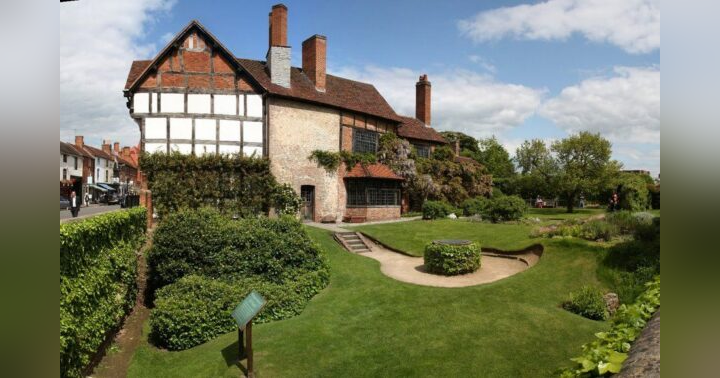Rosslyn Chapel (26th July 2021)

There is no theatrical connection to Rosslyn Chapel, near Edinburgh, but when I was there recently it really struck a chord with everything that I had been talking about on the podcast recently.
The chapel was founded in 1446, so right in the heart of the medieval period, and was constructed to more or less what we see now* over the next two generations. Today most visitors know of it because of the connections with the Knights Templar and through the associated legends around the order and the Holy Grail to Dan Brown’s ‘The Da Vinci Code’ and the Tom Hanks 2006 film of the same name.
However, the most interesting thing about the chapel is definitely not the connection with that book or film. A scene toward the end of the film located in the chapel was filmed there, so when you see the protagonists entering the crypt it is the actual site, but with a false star of David added to a lintel curtesy of the props department. Where they enter a secret chamber off the crypt they were, we were reliably informed, at Pinewood studios.
But whatever the merits of the book and film (or not) we should not be too grumpy about the film as the funds it generated did help with the completion of the badly needed restoration work well ahead of schedule thanks to additional visitor numbers and, no doubt, a big fee paid for the privilege of filming there.
No, for me what stood out was the incredible amount of effort that craftsmen of the day put into the construction and decoration of the chapel. You can see from the pictures that it is highly ornate, and this work was being done by masters and apprentices of the stonemasons, carpenters and other guilds, the same people who were working on the stage sets and special effects for the cycle plays. Seeing the skill and effort they were prepared to put into constructions for a religious purpose shows, I think, that we really can believe that they were capable and willing to construct the most elaborate sets, props and stage machinery.
The pillar in the picture is a particularly fine example and the legend is that it was carved by an apprentice. His master had completed one pillar of a pair, but lacking inspiration for the second he went abroad in search of good ideas. He was absent a long time and his apprentice found his own inspiration and took it upon himself to carve the decoration on the pillar. When the master returned he was furious because of the apprentice’s audacity, but also because he realised that he could not better the work himself. In a rage he struck the apprentice with his hammer and killed him. He fled but was caught and hung for his crime. Master and apprentice are commemorated in gargoyles that adorn the chapel, with the master directly opposite the pillar, staring at his pupil’s work for eternity.
The chapel is only the completed half of the church that was planned, which would have been very grand, but the subsequent generations of the family were unable to complete the project, so the planned church became a chapel. That also mirrors the demise of the cycle plays where the religious impetus for the plays was removed and church finances were no longer what they were at the height of the period.
It is a great place to visit.
You can see more details and pictures from the chapel on their own website www.rosslynchapel.com






